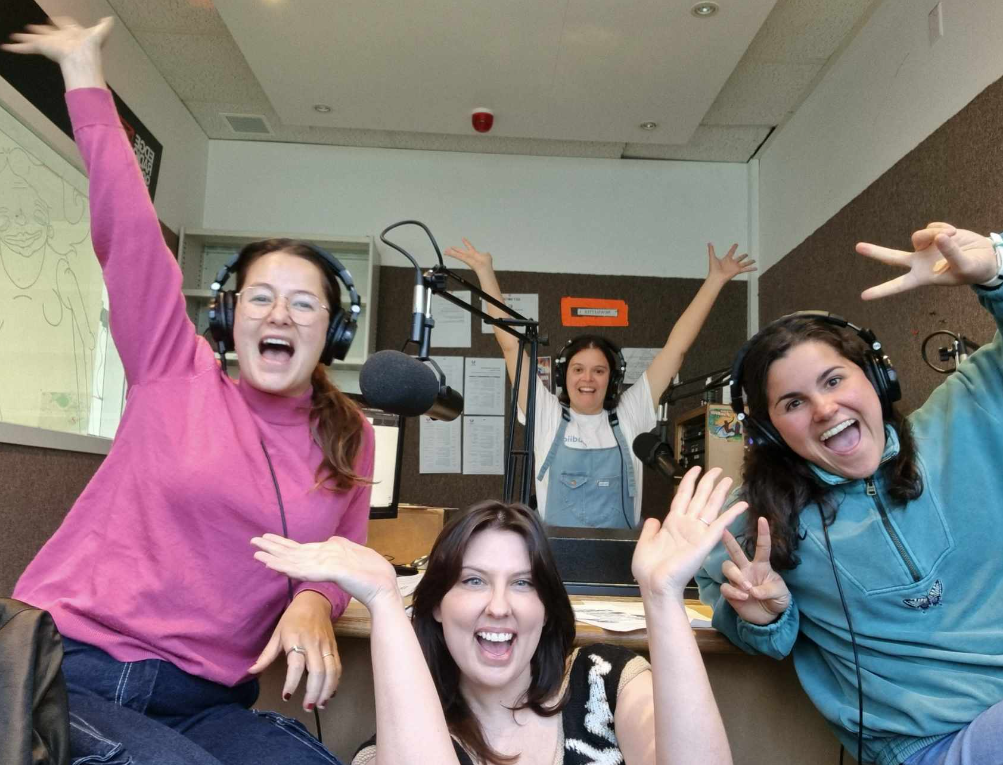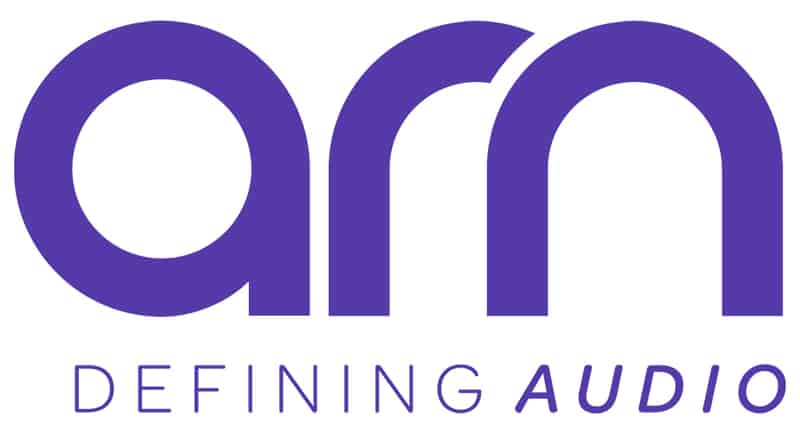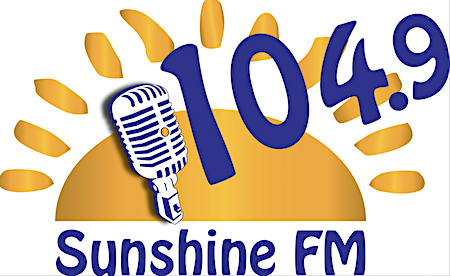50 years of community broadcasting in Australia: Happy Birthday CBAA

This weekend the Community Broadcasting Association of Australia celebrates its 50th anniversary.
The formation of CBAA was a pivotal moment for the establishment of the community broadcasting sector in Australia.
Following an independent seminar on public broadcasting at the University of New South Wales, the formation of the Public Broadcasting Association of Australia (PBAA) was announced on Sunday July 7, 1974.
Australia’s first experimental community radio licenses were subsequently approved in September that year.
CBAA says its formation was driven by the sector having a unified and strong voice to government.
Fifty years on, the CBAA continues to work closely with its members and the Federal Government to underpin the sustainability of community broadcasting organisations.
CBAA CEO Jon Bissett says “CBAA and our members are grateful for the vision and dedication of this founding generation of broadcasters.”
“Community broadcasting services deliver on the vision held in 1974, and we’d like to thank all community broadcasters for providing valued services that enrich and strengthen the social and cultural fabric of Australian society.”
“The diversity of voices, and the creative, unique, specialist and hyperlocal content that community radio and TV stations provide and amplify, remain important to our communities and key to the sector’s place in the Australian media landscape.”
Today, community broadcasters deliver over 500 AM/FM/DAB+ services that reach over 5.19 million people across Australia each week – that’s almost one quarter of the population.
The social and economic impact of community broadcasting is driven by over 17,000 volunteers and almost 1,000 employees.
77% of licenses are based in regional and remote areas.
51 community radio organisations provide services for First Nations Australians, the vast majority of these in regional and remote areas.
On average, community stations broadcast 37% Australian music each week, exceeding the 25% quota.
When power, internet and mobile reception go down, community radio plays a critical role in getting emergency response information out, especially in regional and remote communities.
The community broadcasting sector has recently completed Roadmap 2033: Community Broadcasting’s Plan for Greater Impact in Every Australian Community.
Community Broadcasters are asking for additional government funding to deliver their plan for the next decade.
Minister for Communications, the Hon Michelle Rowland, is undertaking the Community Broadcasting Sector Sustainability Review.
Minister Rowland says the Federal Government has published a discussion paper and has begun the consultation process, canvassing the sector’s views on ways to make its support programs for community broadcasting more effective.
“Community broadcasting plays an essential role as a platform for the many diverse voices that make up our community – and that’s why we’re committed to supporting the sector, now and into the future.”


